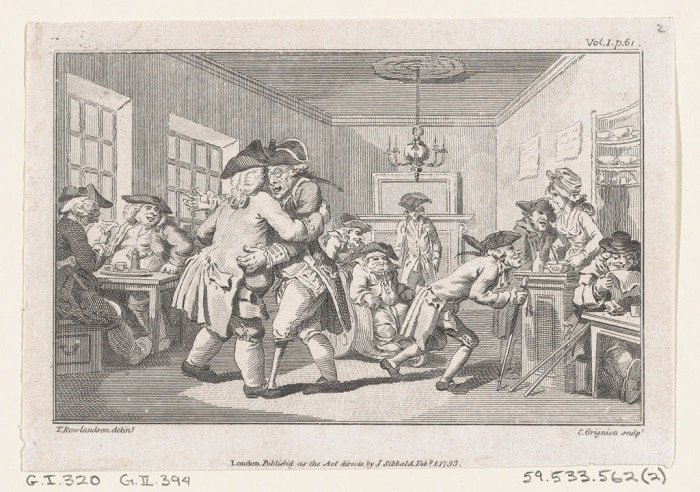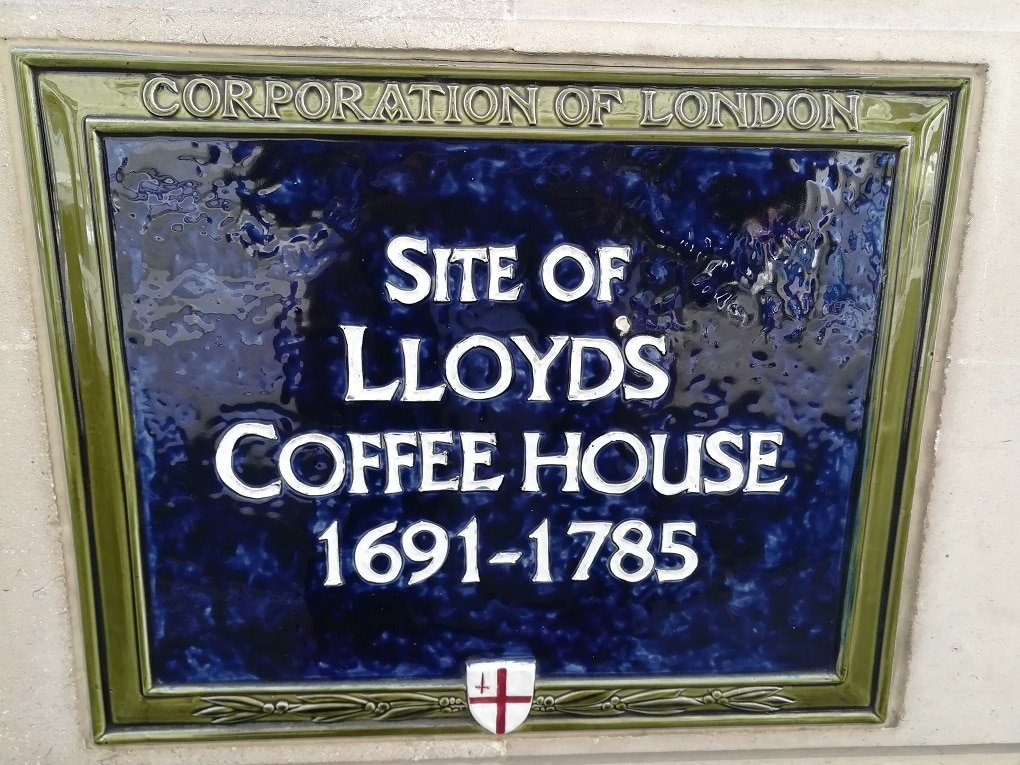
We typically think of tea as the quintessential British beverage, but did you know that coffee has a pretty lengthy and interesting history in the UK? In this piece, we explore coffee and how it has played more of a role in our history than we realise.
Coffee’s Introduction
In the late 16th century, travellers to Turkey and the Middle East returned talking of a black drink, coffa. One record described it as “blacke as soote, and tasting not much unlike it”. Another traveller called the drink “more wholesome than pleasant”. Consensus was that it didn’t taste particularly nice, but it seemed to be good for you.
In 1637, Oxford academic John Evelyn wrote in his diary about a Greek visitor to the university who was “the first I ever saw drink coffee”. It wouldn’t be long until the sight became much more common. Oxford was the site of England’s first coffeehouse. The Angel opened in 1650 and is still in operation today as The Grand Cafe. From the start, traders were quick to note the drink’s potential medicinal properties. Early advertising described coffee as “a simple, innocent thing, incomparable good for those that are troubled with melancholy”.

Shortly thereafter, the first coffeehouse in London appeared in St. Michael’s Alley, now the site of the Jamaica Wine House. The proprietor was a Greek man, named Pasqua Rosee. He had developed a fondness for coffee while working in Turkey as a servant to British merchant Daniel Edwards. When the two returned to London, they went into business. Rosee reportedly sold as many as 600 cups of coffee every day. He marketed the beverage as a digestif, to be taken before meals. Rosee published a paper touting coffee’s many health benefits, including its ability to prevent drowsiness, gout, scurvey, and many other maladies.
The Rise of the Coffeehouse
Soon, coffeehouses sprung up around the city of London and elsewhere. By 1675, there were an estimated 3,000 in England alone. They became an important location for discussion and debate. Writers, scholars, and politicians all frequented them. Whereas tea became gendered as feminine over the years, conjuring images of genteel ladies pouring into delicate china cups in their parlours, coffee was unabashedly masculine. The coffeehouse was strictly a male domain; the only women to be found there were engaged in prostitution.

Diarist Samuel Pepys often mentions going to the coffeehouse for the conversation. This was not a place to sit quietly with one’s brew. Rather, this was a lively arena where strangers were welcome, indeed expected, to strike up conversation with their neighbour. Frequent patrons argued that meeting there encouraged creative thinking. Scientists and other academics gave lectures, leading to coffeehouses gaining the nickname of “penny universities”. For the mere price of a penny (the cost of a cup of coffee), men could be exposed to all sorts of new theories and innovation. Isaac Newton claimed that his “principia mathematica” was conceived during a coffeehouse discussion. Interestingly, this link between coffee and intellectual debate also existed in the Middle East where coffeehouses were often known as “school for the wise”.

Coffee’s Opponents
Of course, just as quickly as the coffeehouse grew in popularity, so grew a vocal opposition to the culture. In 1677, Oxford academic Anthony Wood complained that once serious students could now scarcely be found on the university grounds. Instead, they were all too preoccupied by the coffeehouse. Others joined Wood in arguing that the socialising was reducing workplace productivity. Some women had even started a petition in 1674, complaining that their husbands neglected their marital and household duties for that “nauseous puddle water”. They also suggested that the excessive caffeine intake was leading to physical deficiencies in the bedroom. A male response to the petition was published, arguing that, on the contrary, coffee was the 17th century equivalent of Viagra!

Fall From Favour and A Revival
Coffee fell out of fashion in the late 18th century, the refined habit of taking tea replacing it. It did not die out completely, however. The Temperance movement of the Victorian era encouraged coffee as an alternative to alcohol, the coffeehouse as preferable to the pub. Nevertheless, much of Britain’s coffee history was forgotten. Instant coffee entered the market in the 1950s but coffee saw its resurgence in the late 20th century with companies like Starbucks and Costa Coffee opening up seemingly everywhere.
Today, coffee remains hugely popular in Britain. According to the British Coffee Association, Brits drink 95 million cups per day, only slightly trailing statistics that show we also drink 100 million cups of tea per day.
UK Coffee Week
UK Coffee Week is a celebration of the drink, held every year to raise funds for Project Waterfall which works to bring clean water and education to coffee-growing communities around the world. This year, UK Coffee Week runs from April 29th to May 5th. Thousands of coffee shops around the country are expected to participate. So whether you prefer espresso or a flat white, drink up for a good cause.



